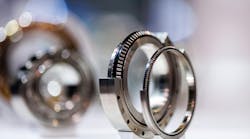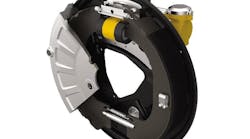Maximize Laser-Micromachining Performance with Motion Control (.PDF Download)
Motion-control systems provide greater control and accuracy for production. Laser-micromachining processes are useful when developing a prototype part. Once it comes time to mass-produce a product, the integration of human-machine interfaces paired with motion-control devices like servos help ensure accuracy and repeatability. Let’s review some basics of laser micromachining and then dive into how motion-control systems can improve the process.
Basics of Laser Micromachining
Laser micromachining defines the process of using pulsed lasers to create small design features in parts that are micrometers or millimeters in length. The pulsed lasers deposit small, finite amounts of energy into the material, resulting in precise and reproducible material removal. The deposition of energy allows the laser to ablate, cute, drill, machine, or scribe in the material. The two most common processes are laser drilling and laser micro milling.
Laser micro drilling creates holes that are essential design features for products. These features could be holes for wafers, medical cannulae, or micro channels for fluids. An example would be drilling a hole into a stainless-steel part. The hole must be carefully drilled for the precise flow application. The hole requires a smooth wall without any burring of edges. The material thickness is 0.01 inches and the desired diameter size of the finished hole is 0.0008 inches with a tolerance of ±0.0005 inches. In Figure 1, the steps detail how that would be accomplished via laser micro drilling.








